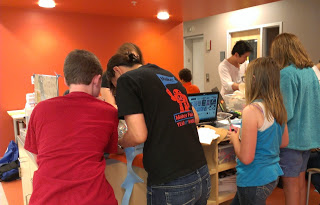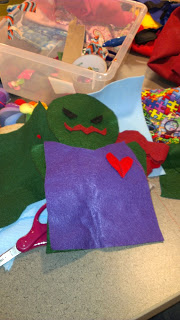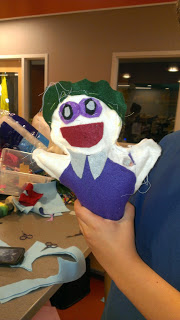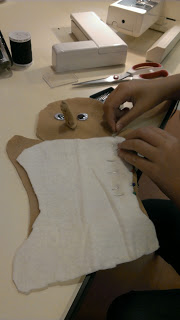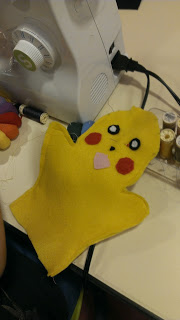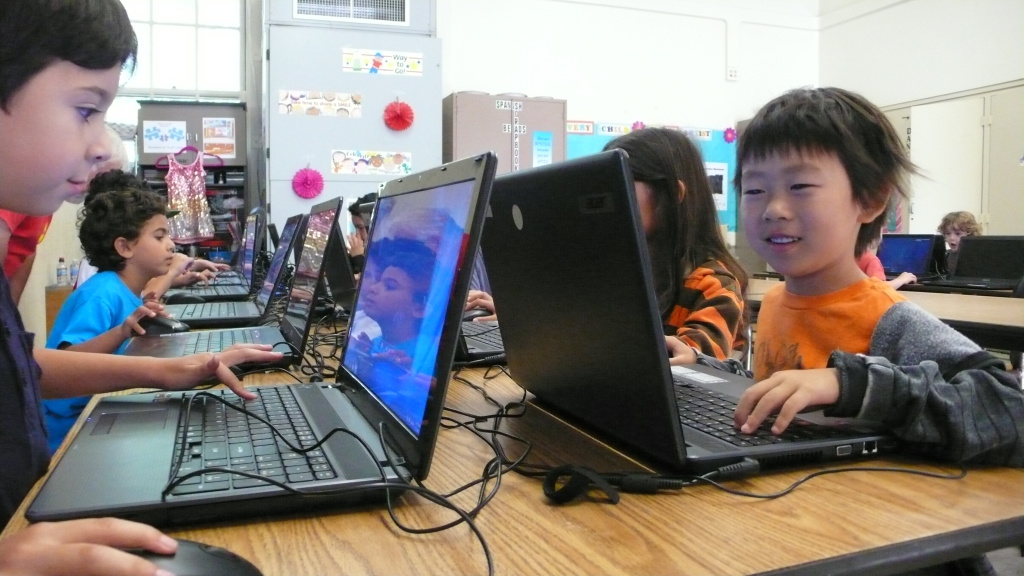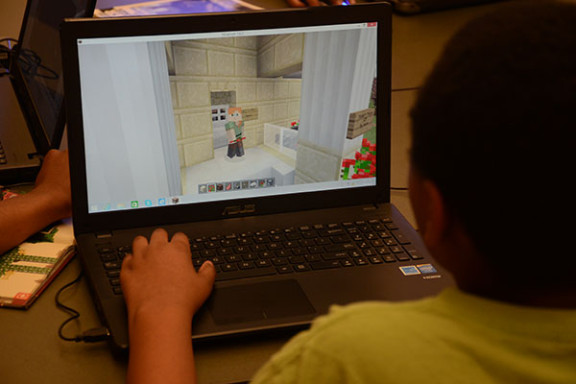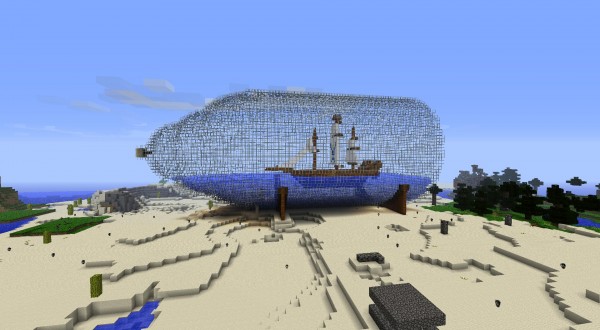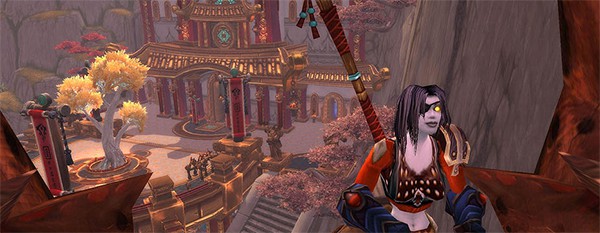
I continue to think a great deal about how new media has grown the possibilities of our collective academic work. As the director of a Masters in Writing Studies Program at Kean University, I often reckon with how our traditional forms of scholarship are merely one reference point when considering how to produce and create new knowledge. As a result, I have for some time been a proponent of a more expansive sense of what writing might entail in the 21st century, and I have often spoken about “Writing-as-Making.”
The digitized and computational environments of our new mediascape have inherently expanded our understanding of what it means to compose. In many cases, my students have come up with innovative ways to harness the affordances of a digitized environment to envision the work that will matter to them. They are working with new media tools, and that work leads them to new and important questions about the nature of writing itself. Thesis work can indeed exemplify innovative, experimental formats — including video, websites and other multimedia interactivity. Most of my students yearn to complete a final project that might make sense in the broader context of “the real world,” and new media tools provide for them the means to reach that goal. They often aspire to produce work that can be shared and distributed beyond the confines of a small academic readership. As a firm believer that scholarship should be connected, I offer here a few models for inventive, digital and experimental new forms of academic thesis work.
The following three MA projects, which I directed this Spring 2015, exemplify what is possible when a student is given the freedom to think of the his or her work from a “making” perspective:
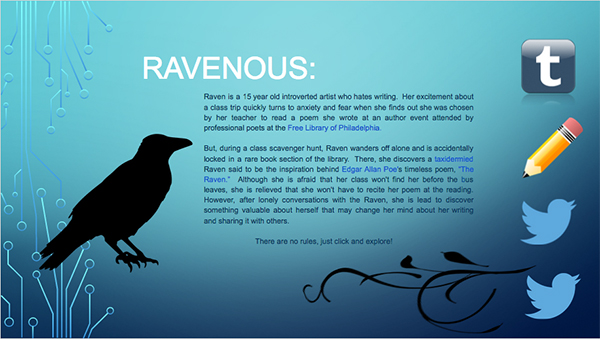
“Ravenous” is a creative/literary MA thesis project, written by Kristi Kulcsar, that explores the opportunities that Twitter and other social media platforms afford to generate plot, setting and character development in the act of storytelling. An interesting spin on “twitterature” by using tweets and conversation posts on social networks to tell a story, Kristi playfully remediates the literary classic “The Raven” by Edgar Allan Poe. Kristi’s project incorporates multiple writing genres. Her work is part reference guide, part reflection, part creative remediated fiction. The project offers useful resources for digital storytelling enthusiasts as it highlights many practical current tools, research on Poe and his context, as well as extensive assessment of ongoing writing methods/processes with her embedded “Ravenous” blog.
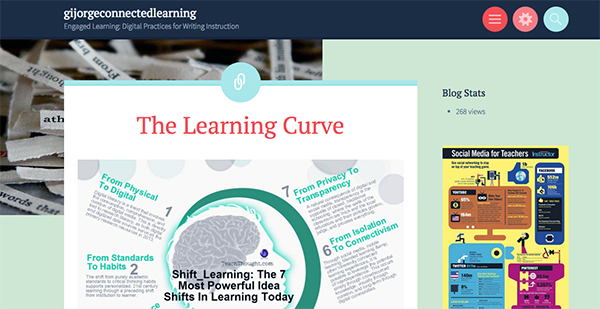
The spark for Gina Jorge’s MA thesis was found while participating in the Kean University Writing Project’s Invitational Summer Institute, which lead to further research on Connected Learning. In her MA project entitled “Engaged Learning: Digital Practices for Writing Instruction,” Gina explores digital practices for teaching writing and rhetoric to undergraduate students, merging theory and the best practices for writing instruction. As she was researching, she decided to build a resource for educators that focuses on pedagogy for interactive learning. With the digital teaching resource, she examines which digital practices and current trends are most effective for student engagement. Hightlighting connected learning theory and her own case studies, her work uses technology as an intuitive tool to introduce new forms of literacy while meeting pedagogical goals.
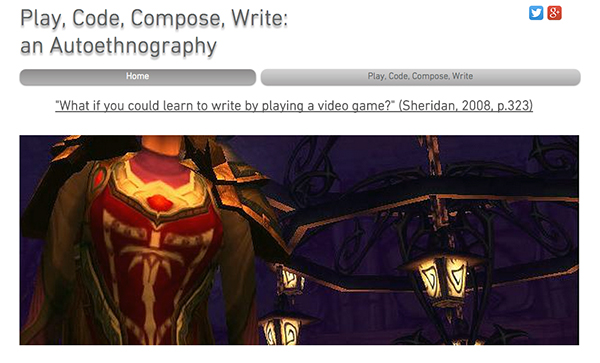
As a player of MMORPGs and other roleplaying games, Nicole Dreste learned not only to write but to code and compose digitally in creative, original ways, both collaboratively and independently. She decided to consider this further with an authoethnographical perspective for her MA project, “Play, Code, Compose, Write: An Autoethnography.” Probing the relationship between writing and gaming practices, her autoethnography studies her own perspective in roleplaying and writing discourse within the context of fan-based content from the MMORPGs “World of Warcraft and Final Fantasy XIV: A Realm Reborn.” From turning chat-text into narrative through the use of third-party apps to attempting to produce video narrative as a “gamer-author” (Johnson 278), Nikki has transitioned back and forth between successes and failures, highlighting her journey through play and learning.
Each of these special projects has at its heart a theoretical inquiry, but each student chose to foreground their exploration from different writing stances (whether creative, professional or pedagogical). My students have effectively shared their own recursive writing methods through a record of reflection on their own shifting processes/methods. Simultaneously, they also forged new territory in thinking about a final “product” in an academic context. The result highlights that it is not simply the outcome that should be prioritized. Rather, the journey in getting there is stressed as equally significant and meaningful.

Anyone interested in adding their voice to the discussion about new media and the changing nature of academic scholarship, use Twitter hashtag #remixthediss. Another great resource is the ongoing/lively forum about this topic explored by HASTAC Scholars.
First four images from projects by Kristi Kulcsar, Gina Jorge and Nicole Dreste. Last image, from left, are Kulcsar, Jorge, Dreste and Mia C. Zamora at Kean University Graduate School commencement in May.
This post was originally published with Digital Media & Learning Research Hub

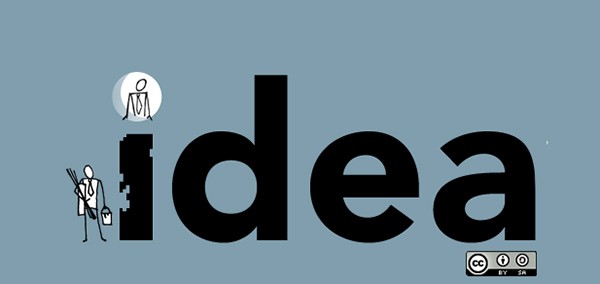
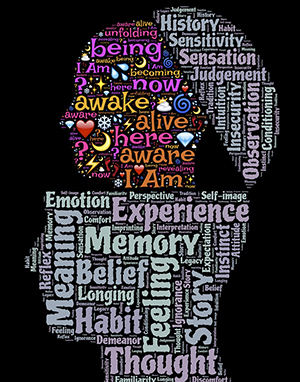 I must mention that I have successfully taught this “Writing Race & Ethnicity” class in the past. These earlier iterations have followed a more traditional design. I have distributed a well-honed syllabus which included significant readings in the fields of both race theory and literature. I have provided a clear break down of course expectations, including learning outcomes and class assignments. By all accounts, my earlier versions of this course have had clear favorable outcomes. The work submitted by students has been significant, the discussions have been memorable and engaging, and the class chemistry has led to a true feeling of meaningful community. Some of my favorite teaching memories are attached to this particular class in its earliest form. But, despite this successful track record, this time around, I stepped back, and really thought about the point of this class.
I must mention that I have successfully taught this “Writing Race & Ethnicity” class in the past. These earlier iterations have followed a more traditional design. I have distributed a well-honed syllabus which included significant readings in the fields of both race theory and literature. I have provided a clear break down of course expectations, including learning outcomes and class assignments. By all accounts, my earlier versions of this course have had clear favorable outcomes. The work submitted by students has been significant, the discussions have been memorable and engaging, and the class chemistry has led to a true feeling of meaningful community. Some of my favorite teaching memories are attached to this particular class in its earliest form. But, despite this successful track record, this time around, I stepped back, and really thought about the point of this class.


